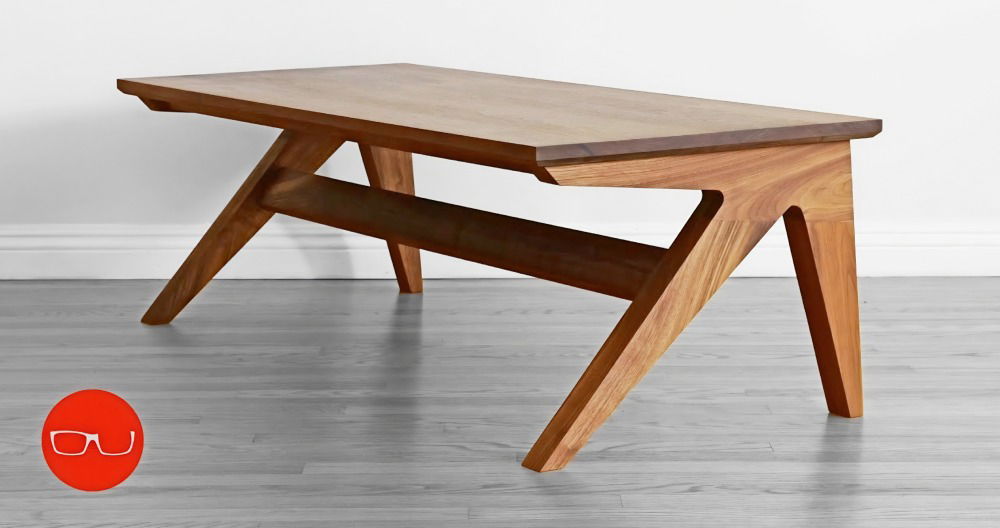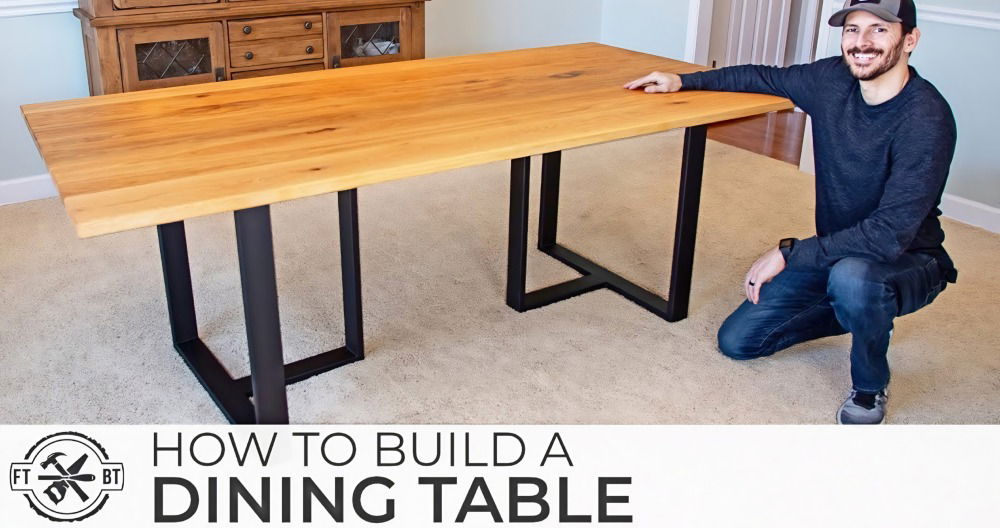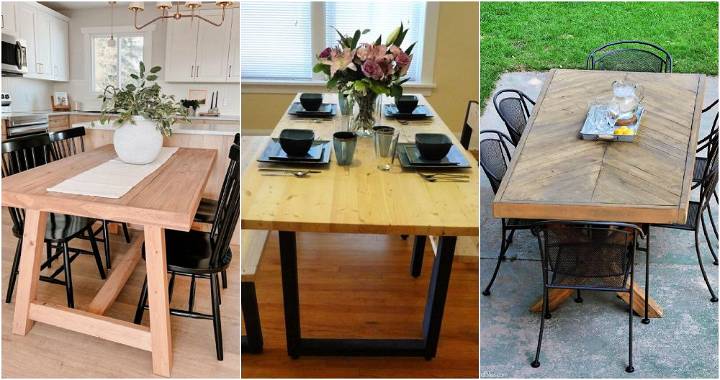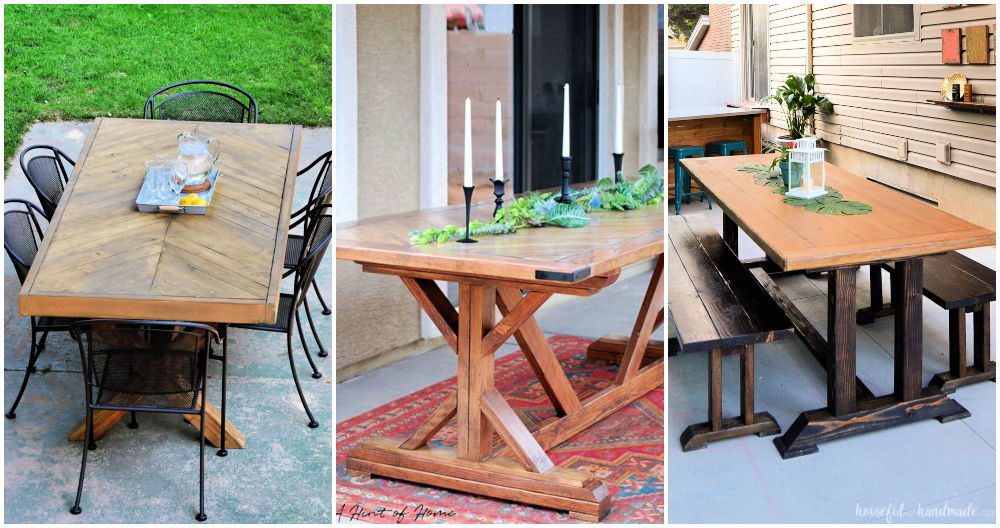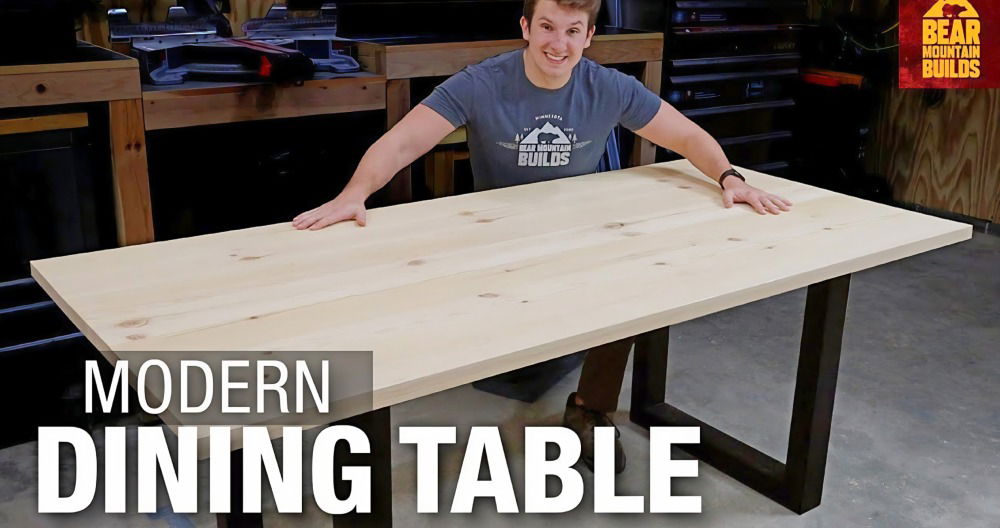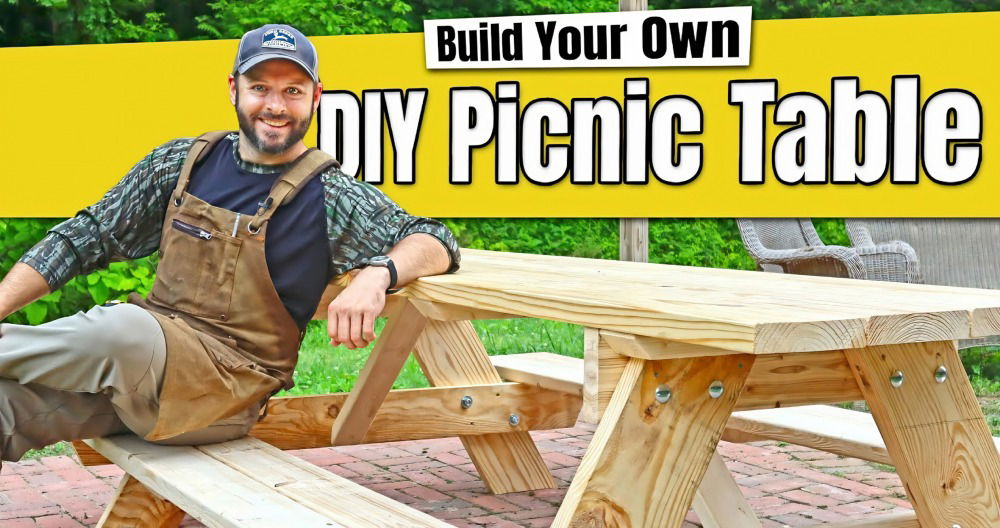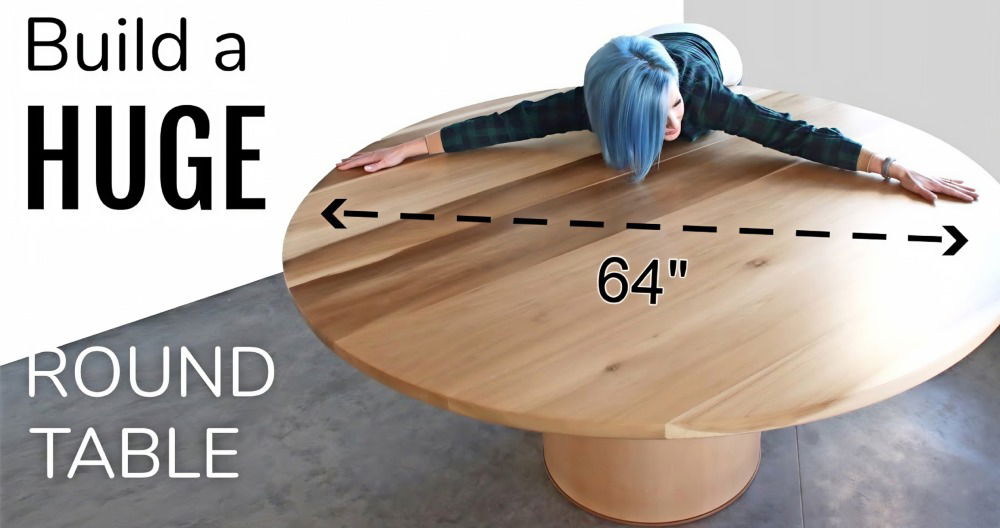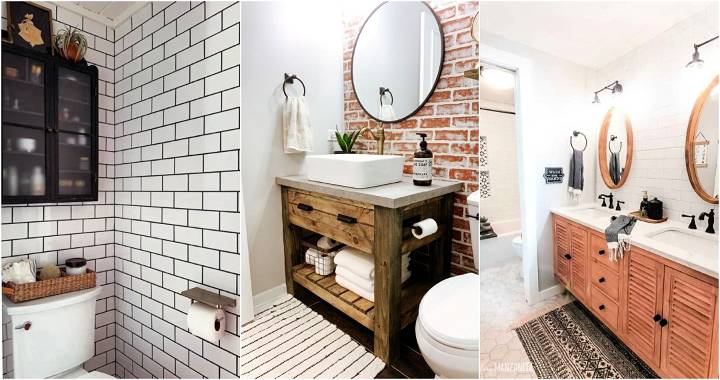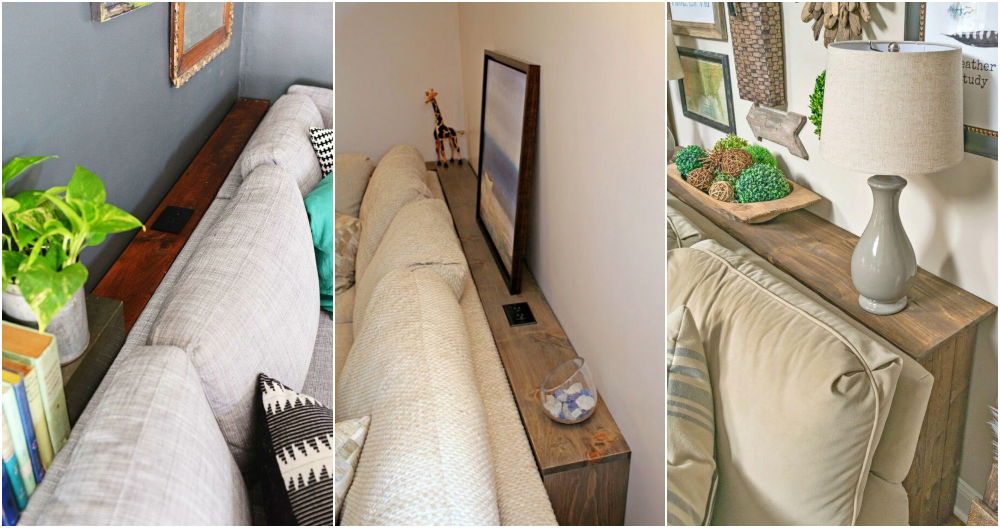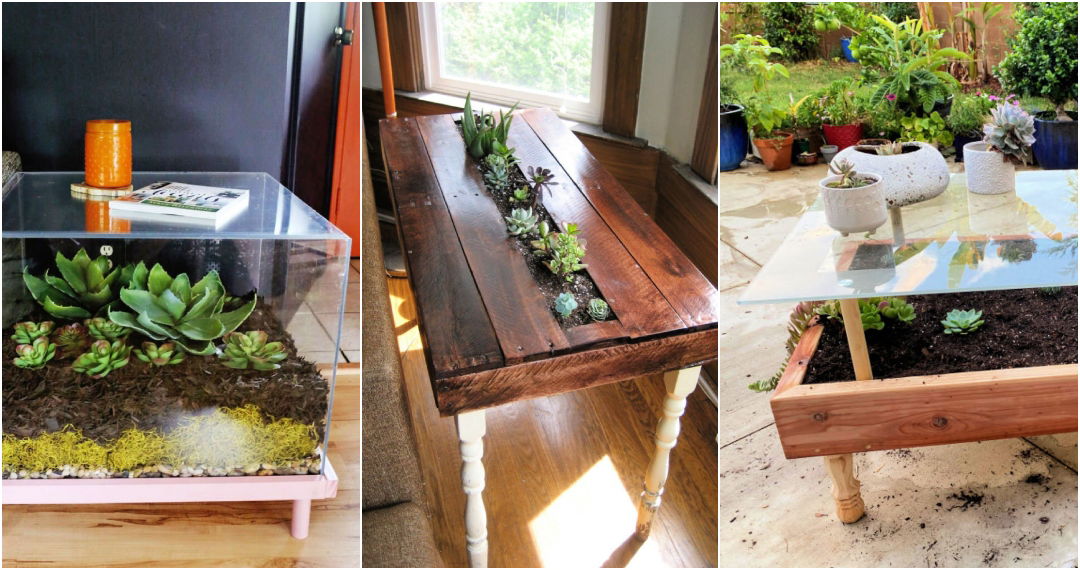It all started when I stumbled upon a captivating tutorial by The Wood Whisperer, dedicated to building a mid-century modern style dining table. Intrigued by the elegant simplicity and timeless appeal of the design, I knew I had to take on the challenge. My motivation wasn't just to build a piece of furniture but to build a centerpiece for countless family gatherings to come.
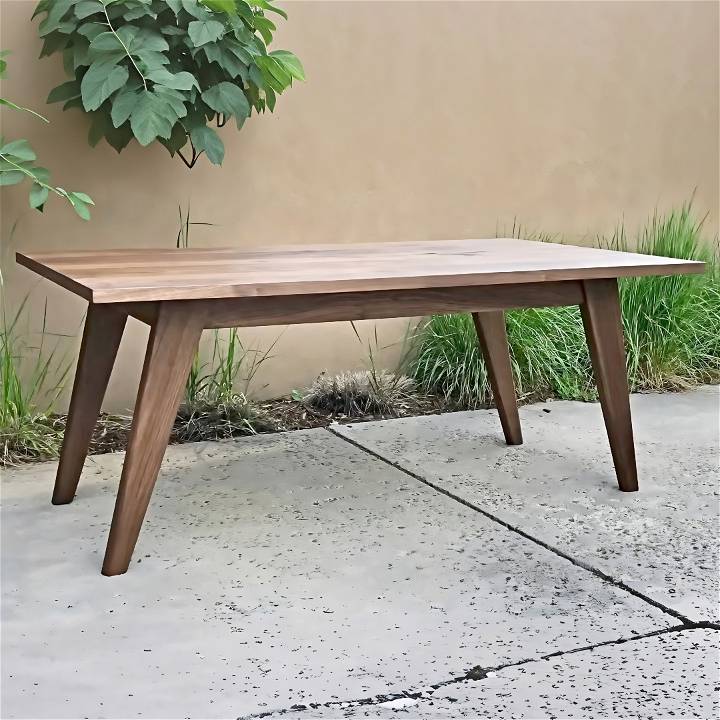
Materials: Why Each is Essential
- 1/4-inch and 1/2-inch Plywood: For making accurate templates and jigs, essential for ensuring consistent cuts and angles across all pieces.
- Hardwood Stock for Legs and Aprons: For the table's structural integrity and aesthetic appeal, I chose walnut for its beautiful grain and color.
- Titebond Wood Glue: Offers a strong bond to ensure the table's durability over time.
- Dominoes or Dowels: Key for aligning and joining pieces with added strength, making assembly easier and more precise.
- Epoxy with Dark Brown Dye: To fill in any knots or cracks, ensuring a smooth, flawless finish on the tabletop.
- Hard Wax Oil Finish: To protect the wood and highlight its natural beauty, I opted for walnut-colored to enrich the wood's tones.
- Izzy Skirt Washers: For attaching the top in a way that allows for wood expansion without cracking.
Step by Step Instructions
Learn how to build your own mid-century modern dining table with these step-by-step instructions. Build a stunning centerpiece for your dining room today!
Step 1: Making the Legs
The journey began with transforming 1/4-inch plywood into templates for the dining table legs. A 15-degree miter on each end set the stage for legs that would boldly stand at an angle, promoting stability and style. Following this, I used the templates to carefully select and cut the leg stock, aiming for consistency and avoiding sapwood for a more cohesive look.
Step 2: Building the Aprons
The aprons posed their own set of challenges, particularly in ensuring they were milled flat and square before being planed to the correct thickness. This precise preparation guaranteed a seamless fit with the legs, allowing for the desired 1/4-inch reveal that adds depth to the table's profile.
Step 3: Assembly Begins
With all the pieces cut and refined, I embarked on the assembly phase, carefully double-checking alignments and angles. Dominoes served as my joinery of choice, not only for their strength but for the ease of aligning the legs and aprons. This meticulous process laid the foundation for a sturdy and visually striking table base.
Step 4: Fine-Tuning and Aesthetic Touches
I then turned my focus to the legs' tapered bevels and the aprons' beveled edges, which required a delicate balance of power tools and hand-crafting to achieve the right contour. These subtle yet impactful details are what elevate the table from a mere piece of furniture to a testament of craftsmanship.
Step 5: Preparing and Finishing the Tabletop
Selecting the best sections of walnut for the tabletop, I pieced them together while avoiding any sapwood, aiming for a harmonious surface. After filling any knots with epoxy mixed with dark brown dye, I brought the boards together, ensuring flawless alignment with additional dominoes for easy assembly.
Step 6: Final Assembly and Finishing Touches
With the base and top ready, I moved on to the final assembly. Using Izzy skirt washers allowed me to secure the tabletop in a way that accommodated natural wood movement, a crucial step in crafting furniture built to last generations. The application of hard wax oil was the final touch, enriching the walnut's warm tones and providing durable protection.
Reflection and Anticipation
As I stepped back to admire the finished dining table, it was more than the sum of its parts. It was a labor of love, a challenge met with patience and precision, and a future heirloom that would gather family and friends. Each meal shared at this table would not just be an act of nourishment but a moment of connection, a testament to the enduring allure of handmade furniture.
Building this mid-century modern dining table was not just about following steps. It was about embedding a piece of myself within its fibers, understanding that the true essence of craftsmanship lies in the joy of building and the anticipation of the memories it will hold.
In sharing this journey, I hope to inspire others not just to admire the beauty of mid-century modern furniture but to take up the challenge of building something enduring and personal. With patience, precision, and a bit of guidance, the result is not just a piece of furniture but a story in itself, ready to be part of countless more.
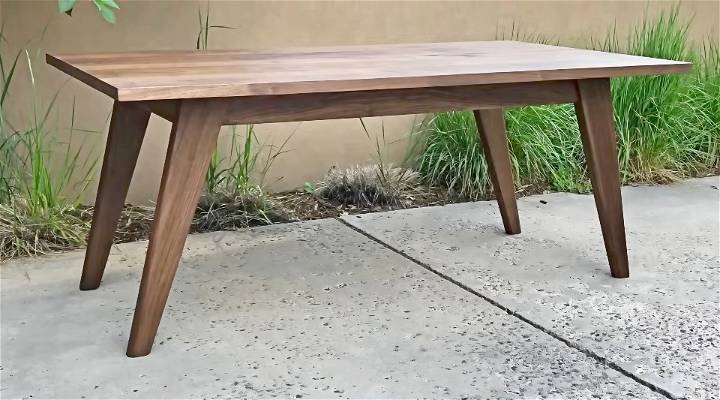
Design Customization Ideas for Your DIY Mid-Century Modern Dining Table
Building a mid-century modern dining table that reflects your personal style and complements your dining space is all about customization. Here are some ideas to inspire your design:
Choose Your Tabletop Shape
- Rectangular: The classic choice for a mid-century modern look. It's ideal for larger spaces and accommodates more guests.
- Round: Perfect for smaller spaces or building a cozy atmosphere. It encourages conversation and fits well in compact areas.
- Oval: Combines the benefits of rectangular and round shapes. It's great for narrow spaces but still allows for a good number of guests.
Select the Material
- Solid Wood: A timeless option that offers durability and warmth. Popular choices include walnut, teak, and oak.
- Veneer: Provides the look of solid wood but at a more affordable price point. Ensure it's high-quality to maintain the table's appearance over time.
- Glass: Adds a touch of elegance and can make a small space appear larger. It's easy to clean but requires regular maintenance to avoid fingerprints and smudges.
Pick the Legs
- Tapered Legs: The quintessential mid-century modern style. They are sleek and have a subtle angle.
- Hairpin Legs: These offer a minimalist and industrial vibe. They're sturdy and can support a variety of tabletops.
- Flared Legs: Add a bit of drama and flair to your table. They're wider at the bottom and work well with heavier tabletops.
Decide on the Finish
- Natural: Showcases the beauty of the wood grain. It's best for a subtle and organic look.
- Stained: Allows you to alter the color while still displaying the wood's texture. Choose from light to dark shades to match your decor.
- Painted: Offers the most variety in terms of color. Go bold with a bright hue or keep it classic with a neutral tone.
Incorporate Extra Features
- Extendable Leaves: Ideal for those who entertain often. They provide flexibility for additional seating when needed.
- Drawer Inserts: Useful for storing placemats, cutlery, or napkins. They help keep the dining area tidy and organized.
By considering these elements, you can make a dining table that pays homage to mid-century modern style while also being a functional centerpiece in your home. Measure space, consider movement flow, and choose a timeless design.
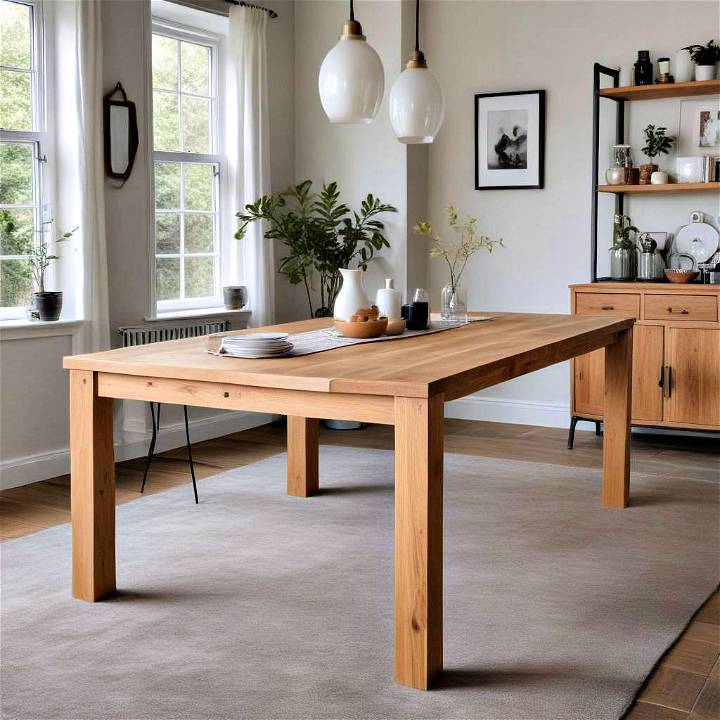
DIY Mid-Century Modern Dining Table FAQs
Discover all the answers to your DIY Mid-Century Modern Dining Table FAQs in this comprehensive guide. Build your dream table today!
What is a Mid-Century Modern Dining Table?
A Mid-Century Modern (MCM) dining table is a piece of furniture inspired by the design movement from the mid-20th century, characterized by clean lines, organic shapes, and a balance of form and function. These tables often feature minimalist designs with tapered legs and lack of decorative elements, focusing on simplicity and natural wood beauty.
How can I make my own DIY Mid-Century Modern Dining Table?
To build your own MCM dining table, you'll need some basic woodworking tools, materials like hardwood for the tabletop and legs, and hardware for assembly. Start by designing your table, considering the size and shape that will fit your space. Cut your wood to size, sand it smooth, and assemble the pieces using strong joinery techniques. Finish by applying a protective coat to preserve the wood's natural beauty.
What are the key design elements of an MCM table?
The key design elements include:
- Tapered legs: Legs that narrow towards the bottom, often at an angle.
- Minimalist style: Simple, clean lines without ornate details.
- Functional form: Designs that prioritize usability and comfort.
- Natural materials: Use of wood, especially teak, walnut, or oak, to highlight natural grain patterns.
Can I customize my DIY table to fit my personal style?
Absolutely! While MCM furniture has distinct characteristics, you can add personal touches through the choice of wood, the finish, or even by incorporating modern elements like metal accents or a colorful stain. The design can be adapted to suit your taste while still maintaining the MCM aesthetic.
What are some common challenges in building an MCM table and how can I overcome them?
One challenge is achieving the precise angles and clean lines that MCM furniture demands. To overcome this, use accurate measuring tools and jigs to ensure cuts are straight and angles are correct. Another challenge is preventing the tabletop from warping over time. Using cleats or a stable base structure can help maintain the tabletop's flatness and stability.
Conclusion:
In conclusion, making your own DIY mid-century modern dining table can add a stylish touch to your home while allowing you to showcase your creativity and craftsmanship. With the right materials and tools, you can bring this trendy design to life.


